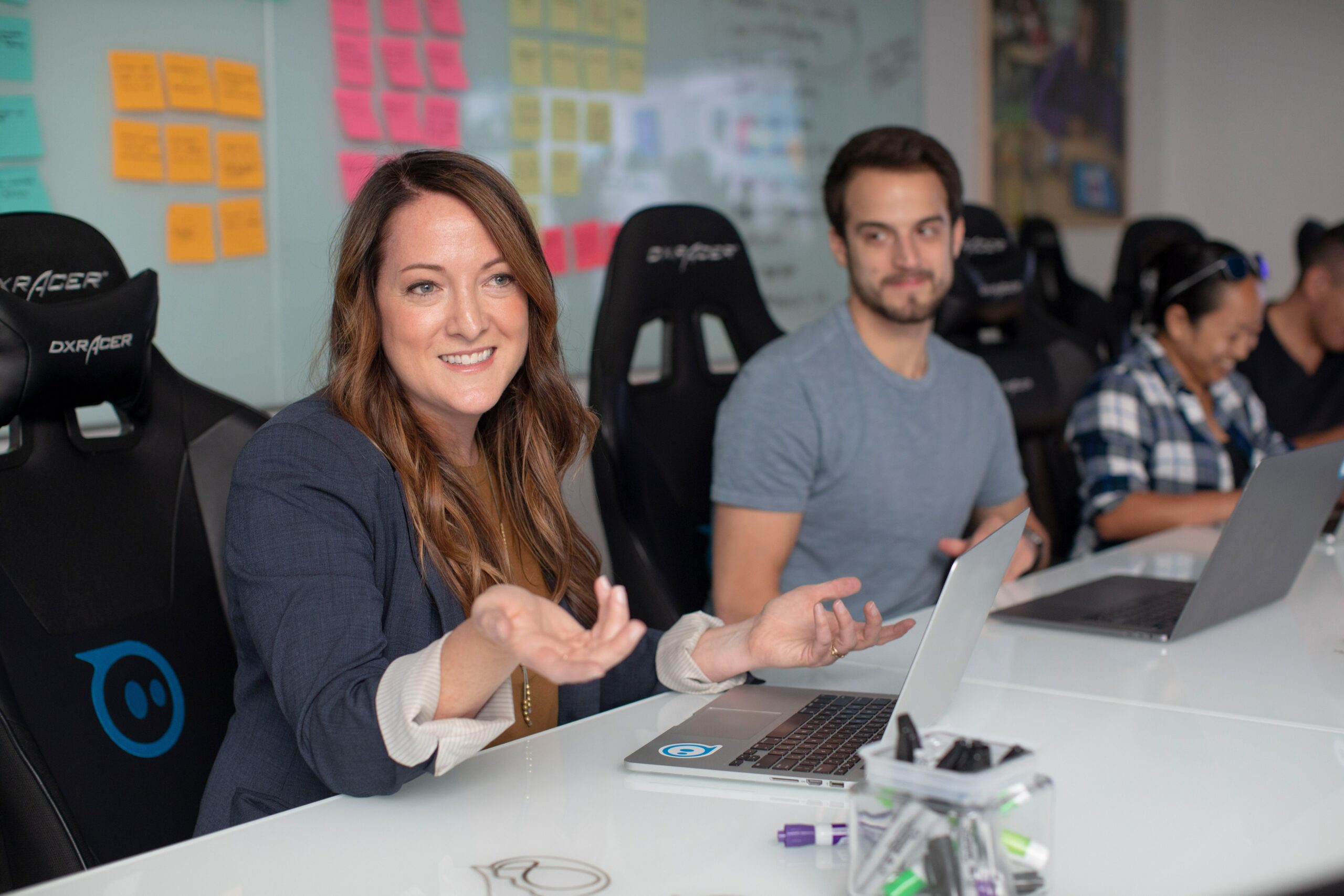There is no need to describe the significance of STEM in our world. As we face the challenges of climate change, global pandemic, we realize how truly our lives have become integrated with STEM. Though the STEM field is lucrative in terms of opportunities and innovation, it does have some challenges, particularly for women. According to a 2019 report by the US Census Bureau, women made up only 27% of the STEM workforce of the USA. The participation of women in the STEM field is less due to issues like gender discrimination, underrepresentation, bias, lack of encouragement, etc. Not to mention overlooking women for different positions both in leadership and standard level. The reason is often stated as too challenging for them.
Despite these challenges, women are coming to this field while the number is still less. Here are five women who challenged societal norms and are working to revolutionize and transform the STEM field.
Senjuti Saha
Senjuti Saha gave the world a hope amidst the COVID – 19 pandemic when she and her team of scientists completed the genome sequencing of the COVID – 19 viruses in May 2020. This research paved the way for vaccine development. Due to the sequencing, scientists began to understand the strain of the virus, where it came from. It leads the way for more future predictions regarding the virus. Senjuti Saha is currently working at the Child Health Research Foundation (CHRF) and member of the World Health Organization (WHO)’s Polio Transition Independent Monitoring Board (TIMB). She is a Bangladeshi scientist.
Born to microbiologist parents, Saha has always been around the lab and its stories. She has been vocal about the challenges women face in the STEM field. She believes sexism is embedded in our society which hinders women. Despite facing challenges, Saha has been working and contributing to STEM relentlessly. She has received two grants from Bill and Melinda Gates Foundation to research the impact of diarrhea and pneumonia in Bangladesh. Sejuti also worked as a social worker evaluating the societal burden of meningitis in children.
Maryam Mirzakhani
Maryam Mirzakhani was an Iranian mathematician. Mirzakhani was the first woman to be awarded the Fields Medal, the most prestigious award in the field of mathematics. Her research focused on Teichmuller’s theory, ergodic theory, hyperbolic geometry, symplectic geometry. She worked on understanding the complex mathematical relationships that supervise the twisting and stretching surfaces. She tackled essential questions in the field of abstract mathematics and hyperbolic geometry.
Her work has been regarded as “truly spectacular” by other mathematicians. She passed away on 14 July 2017 due to cancer. She will forever be remembered for her contributions to STEM.
Katherine Freese
Katherine Freese is a theoretical astrophysicist. Freese is regarded as one of the early contributors to the field of dark matter and dark energy. Her ideas were one of the very first proposals of dark matter discoveries. Pioneer of the ‘dark stars’ theory, Freese inspired a lot of people along the way. She is currently working on how these dark stars can be observed in the universe.
Freese was one of the first women to graduate with a physics major from Princeton University. Freese took on a challenging career and worked on it. She received Simonsbath Foundation Fellowship in Theoretical Physics in 2012 for her outstanding works. She worked as a Fellow in the American Physical Society in 2009. Pretty great, right? Now, whenever you think of astrophysicists, don’t think of Raj Koothrappali from Big Bang Theory; think of Katherine Freese.
Aprille J. Ericsson
Aprille J. Ericsson is an aerospace engineer. She was the first African – American woman to receive a Ph. D in engineering from Howard University and National Aeronautics and Space Administration (NASA). She has contributed to many projects using satellites that monitor Earth, Tropic rain measuring missions. Her work in the Guidance Navigation and Control Discipline has helped spacecraft stabilize and manage their position and orientation during missions.
Ericsson continues her work with NASA. She also works to educate and inspire more African – Americans in the field of STEM.
The ratio of women in STEM is relatively low, especially in some fields like astrophysics, aerospace, engineering. However, the scenario is changing, albeit slowly. What we need to do is promote more women in STEM to young minds. Their work and contributions, how they moved forward fighting all the odds. I mean, we have seen what women can do if they are given a chance. We just need to highlight these role models more out there!

















